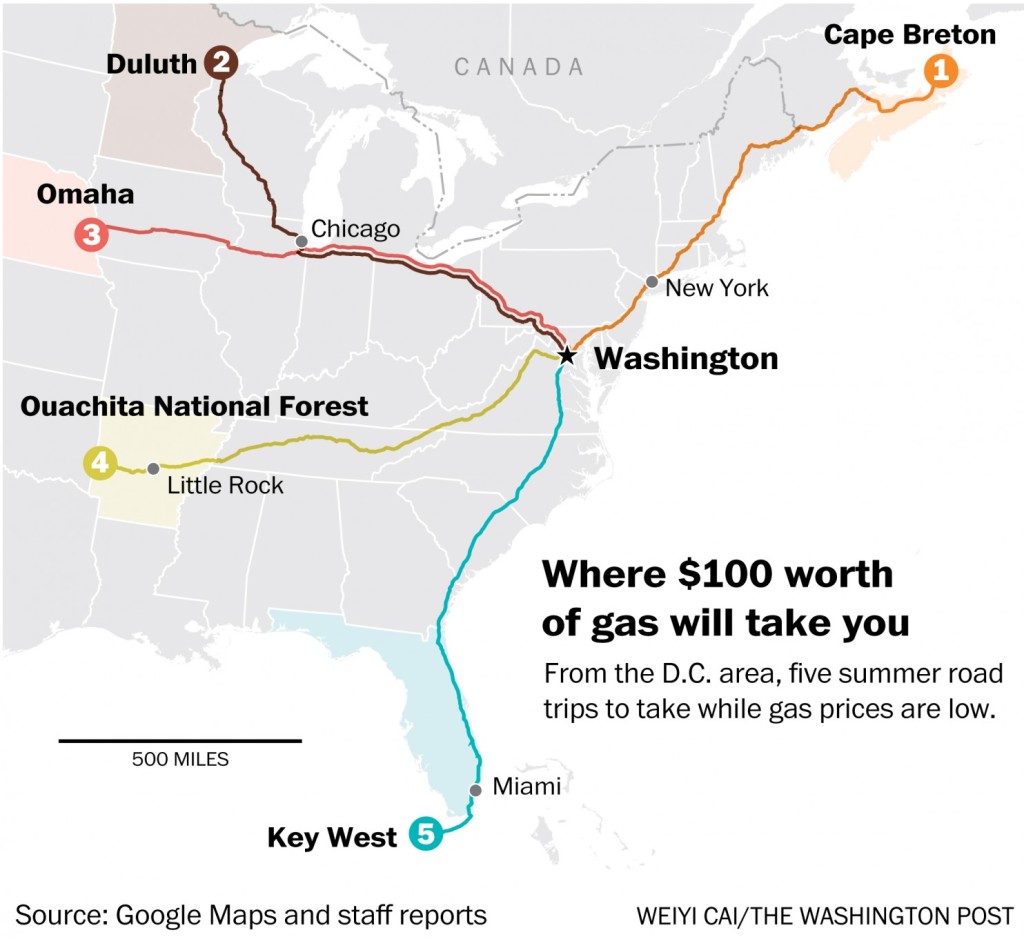 Stop me when this sounds familiar: You’re at work, fretting that you’ve got nothing fun planned for summer vacation. Dates and places swarm your brain, but even the cheapest airfare is beyond your budget. Next you get a headache, then a haranguing email from your boss . . . . Okay, okay, I’ll stop. Even better, I’ll help.
Stop me when this sounds familiar: You’re at work, fretting that you’ve got nothing fun planned for summer vacation. Dates and places swarm your brain, but even the cheapest airfare is beyond your budget. Next you get a headache, then a haranguing email from your boss . . . . Okay, okay, I’ll stop. Even better, I’ll help.
Gas prices this summer are forecast to be the lowest they’ve been in years — around $2.24 on average per gallon of regular unleaded, according to the U.S. Energy Information Administration. Model year 2013 cars, which we chose because they’re neither brand new nor sketchily old, average 27.6 miles per gallon, according to Environmental Protection Agency data.
So let’s say you’ve got $100 solely for use in getting somewhere (how you get home is up to you). Based on the averages above, you could drive 1,232 miles — farther than a hipster can skateboard and almost out of earshot of my kids whining about the iPad. Not bad for a Benjamin!
Here are five places $100 worth of gas can take you from the District — specifically, from the White House, because, y’know, any one of us could live there someday.
Cape Breton Island, Nova Scotia – 1,223 miles
The Fortress of Louisbourg National Historic Site is a fortified town the French built in the 1700s to protect present-day Cape Breton and Prince Edward islands. (Arpad Benedek/Getty Images)
Just getting here is half the fun. Once past the madness of the U.S. northeast corridor, the drive skirts the New Hampshire coast before angling through Maine — and the Moosehorn National Wildlife Refuge — and crossing into Canada.
In Cape Breton Highlands National Park, hike Fishing Cove trail, which runs almost four miles from an old lobster fishing village to a 1,165-foot peak. It’s one of 26 trails in the park, which boasts forests, bogs, lakes and spectacular views of the surrounding mountains and Atlantic Ocean.
Replace those spent calories at Coastal Restaurant & Pub, in Ingonish, where live music, as-seen-on-TV burgers and fresh lobster dishes more than compensate for low curb appeal.
Allow a full day to tour the Fortress of Louisbourg National Historic Site, a fortified town the French built in the 1700s to protect present-day Cape Breton and Prince Edward islands, as well as to dry, salt and sell the tons of cod the French fleet was catching off the Grand Banks. Much of Louisbourg has been restored (it was attacked soon after its completion) and in summer is populated by reenactors who portray 18th-century life for visitors.
Next, hear for yourself why it’s called Cape Breton fiddling at the Normaway Inn, where some of the island’s top players tune up for informal jam and dance sessions.
Duluth, Minn. – 1,171 miles
A freighter on the Duluth, Minn., waterfront. (Jack Rendulich/Associated Press)
Duluth sits at the fingertip of Lake Superior, the largest freshwater lake in the world.
Start at the Port of Duluth-Superior, specifically the Lake Superior Maritime Visitor Center. Outside, watch massive freighters, cargo ships and more pass under the Aerial Lift Bridge, which can rise 135 feet to let vessels through. Inside, check out model boats and learn about the history of shipping on the Great Lakes, including the wreck of the Edmund Fitzgerald, which had departed near Duluth.
Crank up your step counter on the Lakewalk, a once-gritty and neglected industrial zone that is now a 7.5-mile paved trail and boardwalk tracing Superior’s shore, with well-tended flower beds, ample benches and scenic views.
To see how the other one-half of the 1 percent lived, visit Glensheen, a 39-room mansion on seven acres of manicured lakefront grounds. Built in the early 1900s by local lawyer and industrialist Chester Congdon and his wife, Clara, the manse was occupied by the family until 1977, and the decor and art are all remnants of the family’s extended run in the house.
Whether you’re forever young or knockin’ on heaven’s door, take a stroll down Bob Dylan Way, a loosely art-focused 1.8-mile downtown walking route named for the native son who turned 75 last month. It includes the Duluth Depot, a historic train station that also houses the Duluth Art Institute; St. Louis County Historical Society; and Lake Superior Railroad Museum.
Duluth also sits just $8 worth of gas south of Ely, Minn., a gateway town to the Boundary Waters Canoe Area Wilderness.
Omaha – 1,151 miles
At Omaha’s Henry Doorly Zoo & Aquarium, the Desert Dome houses the world’s largest indoor desert. (Eric Francis/Getty Images)
I didn’t know much about Omaha, so I Googled it and 30 minutes later was the proud owner of $900 worth of frozen steaks. After firing up the grill, I tried again, and here’s what I found:
Spanning 130 acres and home to thousands of animals, the Omaha Henry Doorly Zoo & Aquarium includes the world’s largest indoor desert. Beneath that is the underground Kingdoms of the Night exhibit, where the lights are turned off during the day and on at night, reversing the light cycle and making nocturnal creatures — including a Japanese giant salamander — active during daytime visiting hours. The zoo also boasts North America’s largest indoor rain forest, with trails through both the canopy and forest floor and free-flying tropical birds. Phase 1 of a 28-acre African grasslands exhibit is slated to open this summer.
Check the schedule at the Holland Performing Arts Center, the gleaming centerpiece of the Omaha Performing Arts Center, which showcases a range of entertainment. Past highlights have included “The Book of Mormon,” Yo-Yo Ma, the Oak Ridge Boys and lectures by National Geographic adventurers.
The center sits amid the renovated warehouses of the historic Old Market arts and entertainment neighborhood, on the site of Omaha’s turn-of-the-20th-centry wholesale goods center. The brick streets front shops, galleries, restaurants, bars and hotels.
Another notable artistic highlight in Omaha is the Joslyn Art Museum, a regionally renowned, eclectic collection, with free admission, housed in a 1931 art deco building.
Ouachita National Forest, Ark. – 1,119 miles
In southern Arkansas, the Ouachita National Forest offers hiking, mountain biking, fishing, camping and dazzling views. (United States Department of Agriculture)
Spanish explorer Hernando de Soto crossed the Ouachita Mountains in 1541 on his own epic U.S. road trip, seeking a kingdom of gold. Instead, he found corn-trading villages and, ultimately, died in 1542 in what is now southern Arkansas. When French explorers followed in the 1670s, they reportedly smoked a peace pipe with the Quapaw Indians, which might explain the ensuing — and enduring — French spelling of Washita, an Arkansas town with a Native American name meaning “good hunting grounds.”
The 1.8-million-acre Ouachita National Forest has upheld its reputation for good hunting, and added merit badges for hiking, mountain biking, fishing, camping and dazzling views.
Those vistas are most accessible from the Talimena National Scenic Byway, which covers 54 miles along the crests of Rich Mountain and Winding Stair Mountain and includes a 23-grave pioneer cemetery, an arboretum and nature center, a campground, hiking trails and historic markers.
Aspiring survivalists could hike the forest’s Eagle Rock Loop trail, which travels over nine mountains and crosses nine streams in its 26.8-mile length. Mountain bikers can test themselves on the 35-mile Womble Trail, the top-rated fat-tire ride in Arkansas, with sustained climbs, grand views, screaming descents and a few sheer trail-side drop-offs.
Need infrastructure? Hot Springs, the gateway town to the forest, is famous for its thermal-heated baths and has enough day- and nightlife to serve as a comfortable base for exploring.
Key West, Fla. – 1,209 miles
Dry Tortugas National Park, about 70 miles beyond Key West. (Peter Green/Key West Seaplane Adventures)
The Florida Keys often get a bad rap as a place where people booze the days away and buy cheesy mementos because their selfies are too embarrassing for social media.
But let’s be fair: Just about anything that limits selfie sharing should get a good rap. Besides, there’s more to Key West than bars and souvenir shops.
Start with Danger Charters, one of numerous outfitters offering day tours that combine sailing, kayaking and snorkeling. This may not forestall your first drink of the day — many of the sailboats stock a bar — but at least you’ll have diversions, such as paddling through a mangrove canopy and seeing sharks, rays, starfish, pelicans and other wildlife up close. Many operators stay on the water until, or go out only for, Key West’s renowned sunset.
After driving to the literal end of the road, one-up yourself by flying to the end of the Keys with Key West Seaplane Adventures, which runs half- and full-day low-altitude flights to Dry Tortugas National Park, about 70 miles beyond Key West. Every customer gets a window seat, and the company promises sightings of sharks and other life in the clear, shallow waters below.
If you’d rather watch others fly, flutter into the Key West Butterfly & Nature Conservatory, where more than four dozen species of butterflies and 20 tropical bird species take to the air in a 5,000-square-foot space replete with flowering plants.
And, since you asked: No, you are not allowed to leave Key West without submitting to the sunset celebration at Mallory Square. Arrive an hour or so before the orb dives into the sea, and give yourself over to the scene — and to the vendors, clowns, jugglers and other street performers who help give Key West its sans souci charm.
Briley is a writer in Takoma Park.
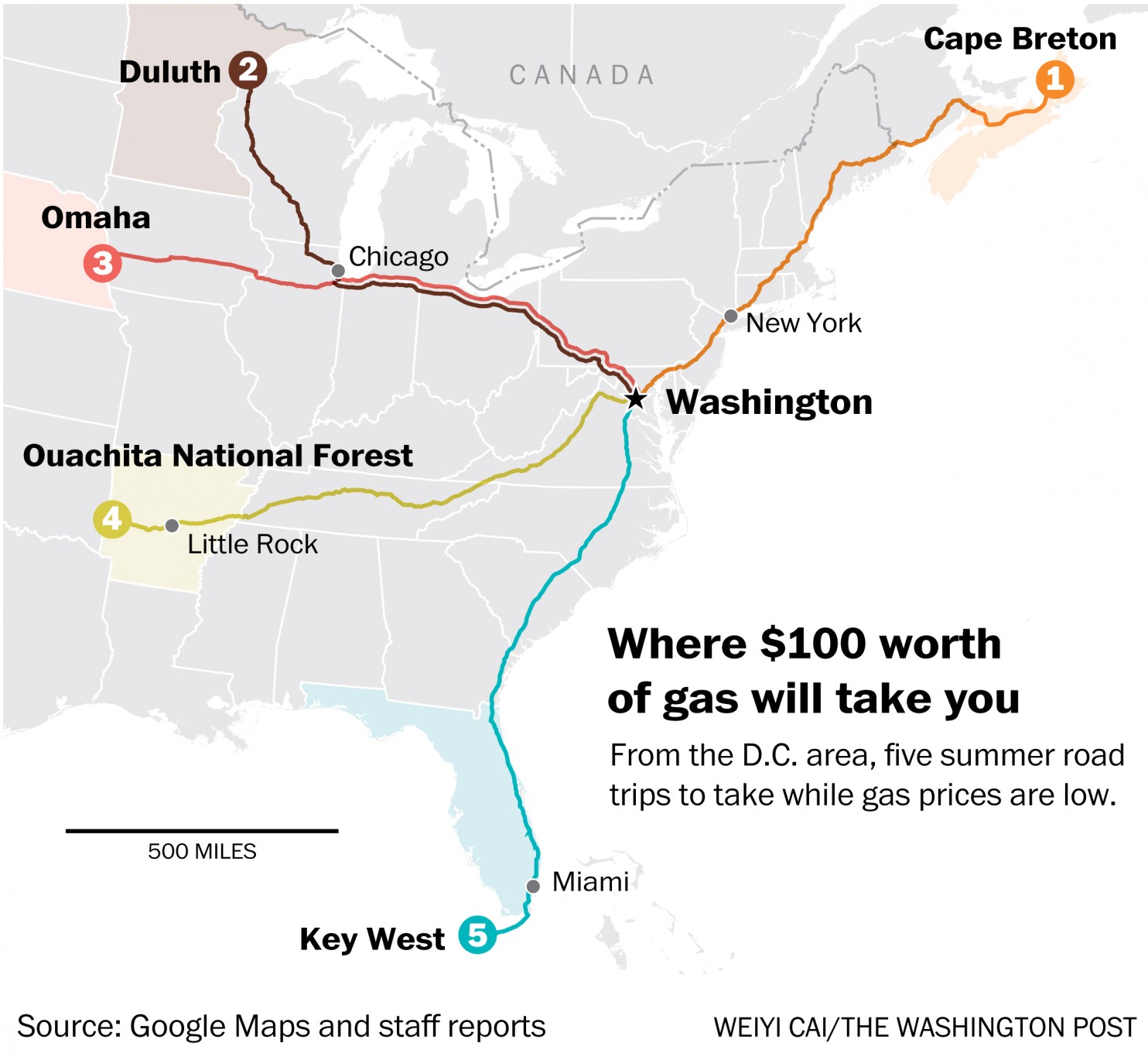
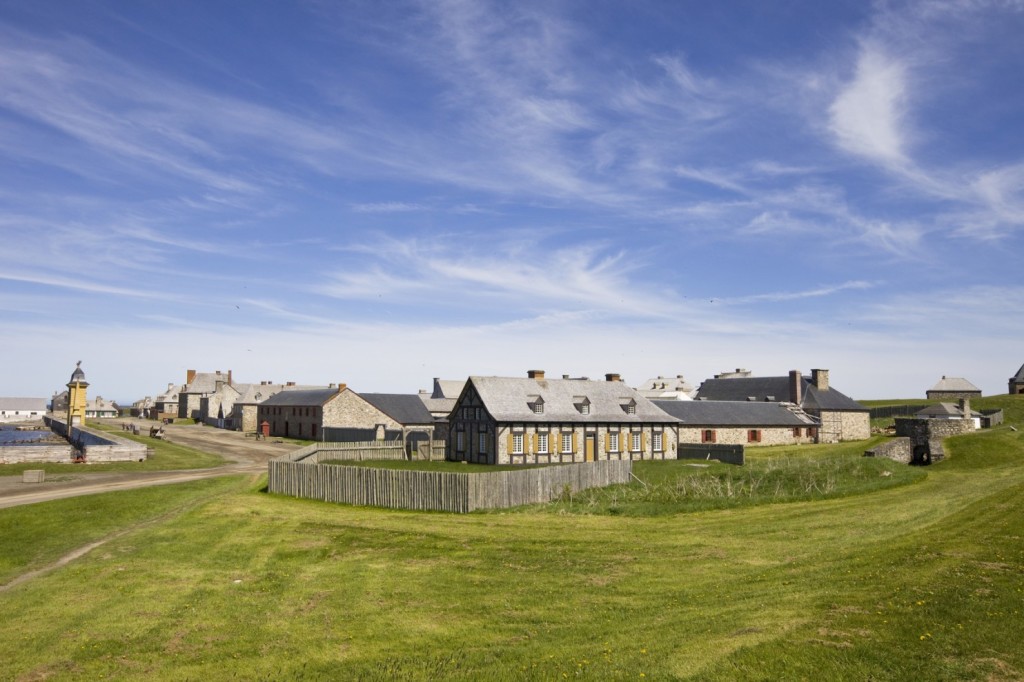
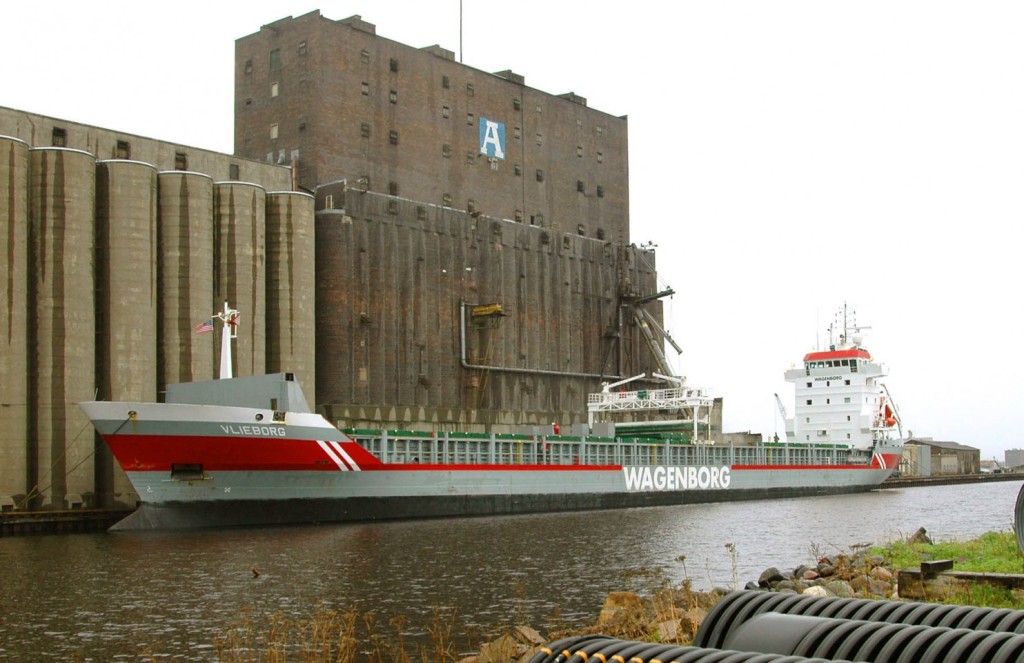
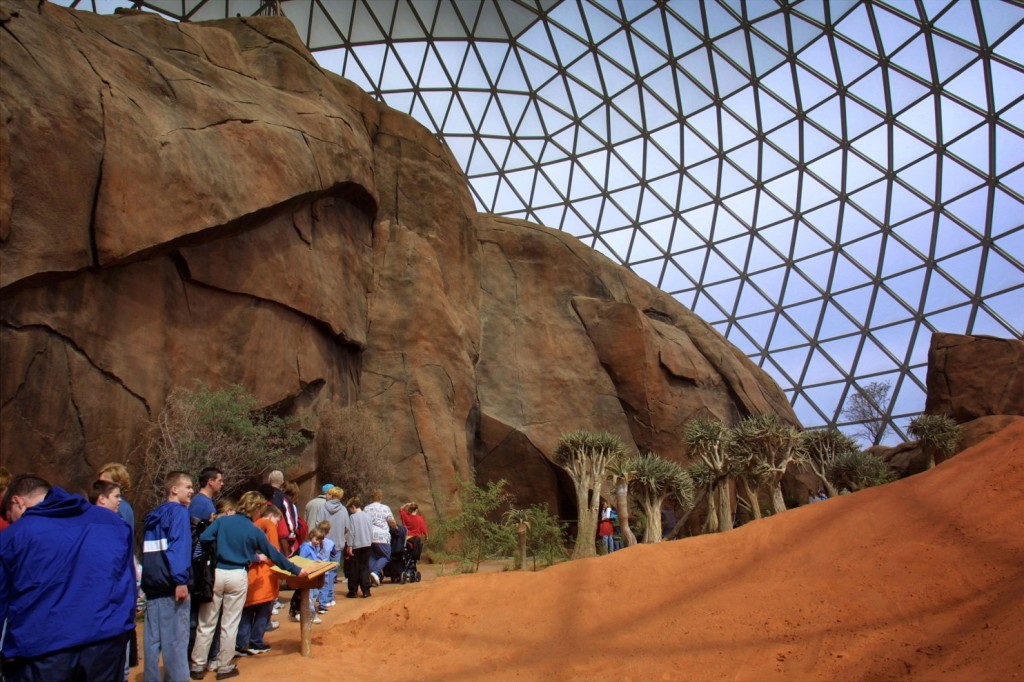
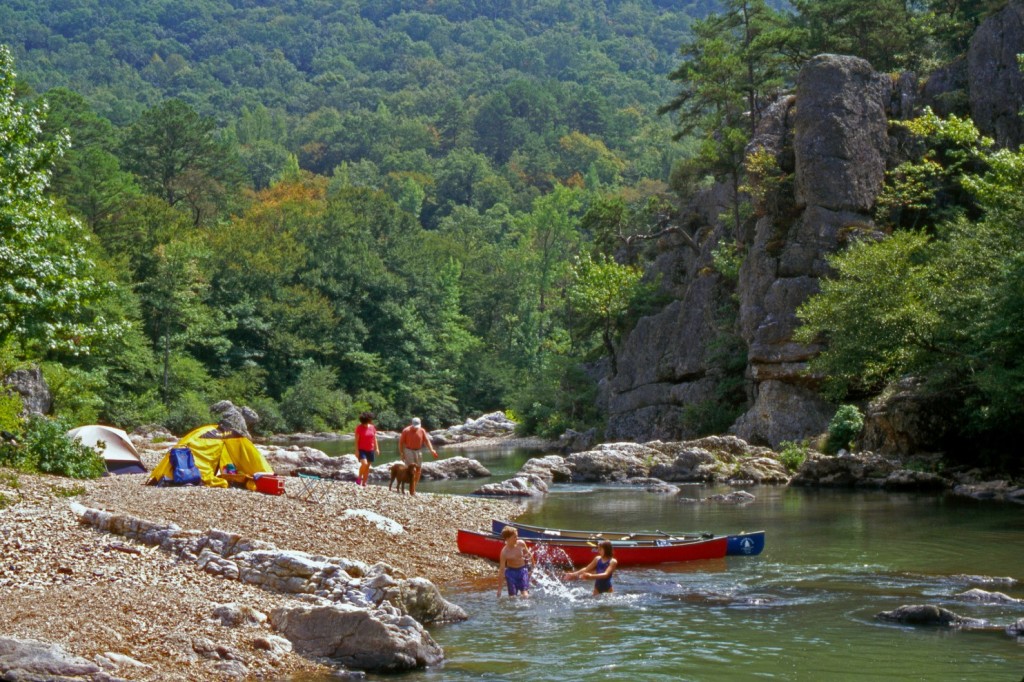
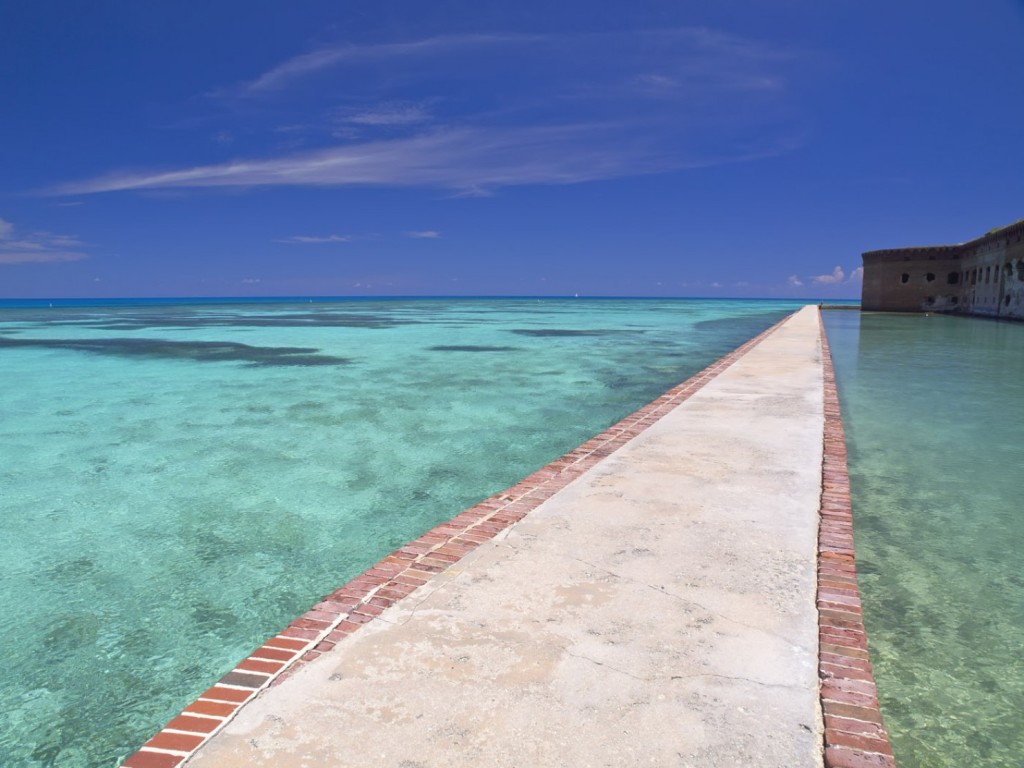
Comments